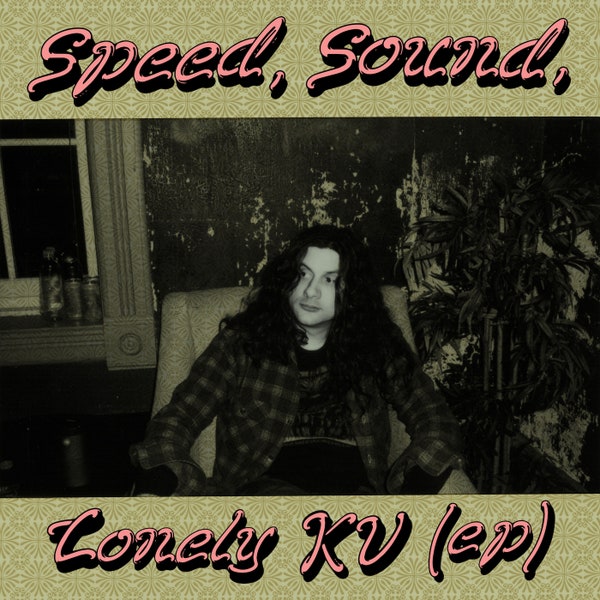
The history of post-grunge
By Caroline Ho, Arts Editor
Post-grunge has received a lot of flak for stepping away from the underground, angst-filled roots of pure grunge music. And while it’s true that the success of post-grunge relied a lot on grunge’s popularity, it has developed into more than a mindless, mainstreamed copycat. For a lot of listeners, post-grunge has transposed the heavy guitars and hoarse vocals of grunge into a friendlier, relatable form.
The Seattle grunge scene of the early ’90s saw the rise of a music style popularized by the now-huge names of Nirvana, Pearl Jam, and Soundgarden. Combining the heft of metal and the raw rebellion of punk, this new sound was dark, sludgy, and downright grungy. Massive hits like Nirvana’s “Lithium” and Pearl Jam’s “Alive,” both released in 1991, alluded to themes of addiction, alienation, and overall disillusionment. These themes were placed against a backdrop of distorted guitars and slower, heavier tempos.
For all its explosive popularity in the world of rock music, grunge lost much of its momentum by the middle of the decade, especially with the sudden and tragic suicide of Nirvana frontman Kurt Cobain. However, listeners had the taste for grunge, and record labels were eager to capitalize on this by seeking out and signing bands that mimicked the sludgy sound. Collective Soul, Bush, Candlebox, Stone Temple Pilots, and Creed are among the most well-known groups that found fame in the footsteps of grunge, topping rock charts with hits including Collective Soul’s “Shine” (1993) and Bush’s “Glycerine” (1994). A lot of fans disdained these bands for merely imitating what was popular. Critics labelled the style “post-grunge” to state that the music might sound like grunge, but it lacked the same heartfelt, anti-establishment cynicism of true grunge.
In the late ’90s and early 2000s, many bands emerged to further transform grunge into a more radio-friendly, widely appealing genre. The gravelly vocals and distorted guitars came to accompany lyrics with more straightforward and conventional themes. The most notable example is Nickelback’s “How You Remind Me,” which was released in 2001 and went on to become one of the most widely-played songs on American radio in the 2000s. For songs with darker subjects, such as the battle with personal demons heard in Three Days Grace’s 2006 “Animal I Have Become,” the issues were addressed directly and personally, rather than abstractly and metaphorically. Nickelback and Three Days Grace joined Creed, 3 Doors Down, Puddle of Mudd, Flyleaf, Finger Eleven, and many more in bringing the grit of grunge to large record labels and mainstream airwaves.
Post-grunge has continued to spawn chart-topping hits that fuse elements of alternative metal, pop punk, ska, and many other genres. From the gentler rhythms of Staind’s “It’s Been Awhile” (2001), to the more metallic growl in Breaking Benjamin’s “The Diary of Jane” (2006), to even the slightly southern vibes of Seether’s “Country Song” (2011), the genre’s development and continued success is apparent, and the post-grunge label is no longer just a slur. Although some bands reject the term—according to Shinedown drummer Barry Kerch, “I didn’t know there was a pre-grunge. I thought it was just grunge”—others like 10 Years, whose latest album From Birth to Burial was released in 2015, have no compunction in calling themselves post-grunge.
Post-grunge has polished off the act and cleaned up the sound of grunge. It may have lost some of the raw, underground quality of “true” grunge, and some purists continue to scorn it as a commercialized sellout, but for many others this stylistic shift has made it easier to appreciate and connect to hard rock. And there’s no clear-cut division between grunge, post-grunge, or any other genre. Music is music.



